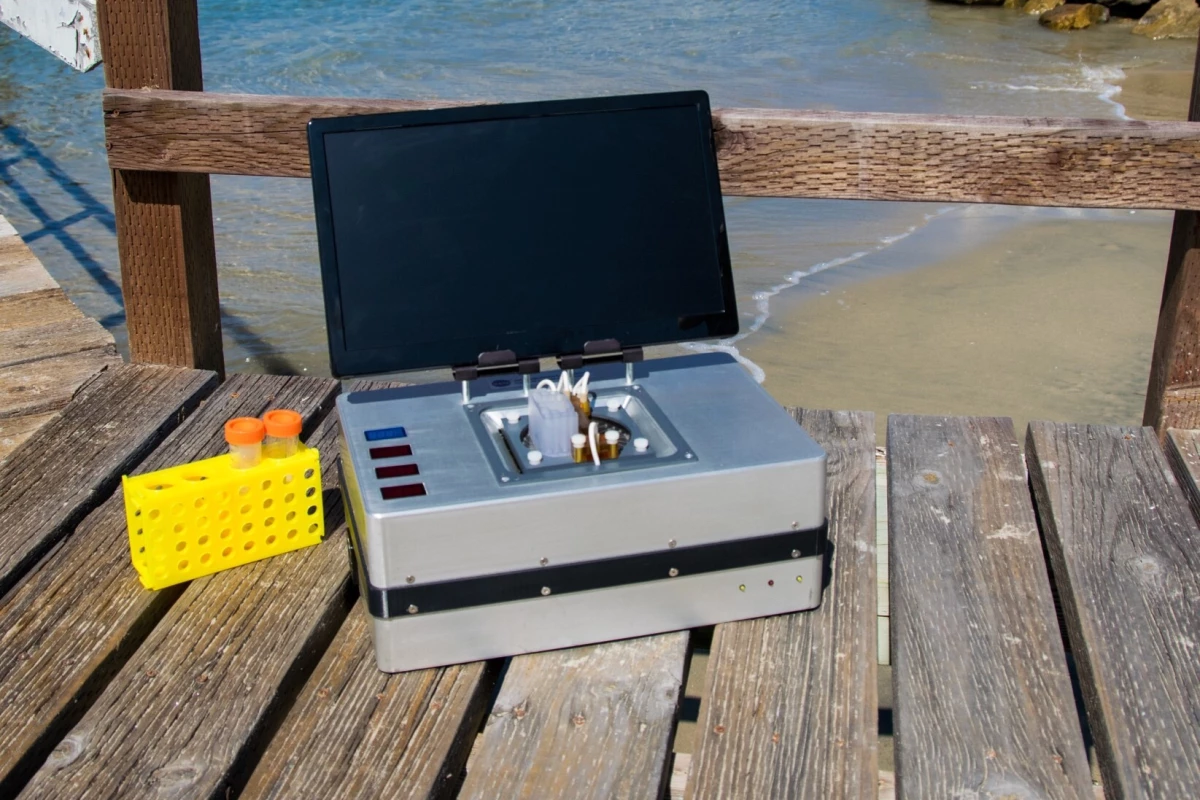If a Mars rover ever were to find signs of life on the Red Planet, chances are that it would be in the form of compounds detected in the soil. A newly designed device could better help it do so, as compared to existing technologies.
In previous Mars missions, rovers have typically analyzed soil samples utilizing a combination of gas chromatography and mass spectrometry (CG-MS). According to scientists at the California Institute of Technology (Caltech), however, such an approach may not detect substances such as organic acids – particularly if salts, minerals or water are also present in the sample.
The researchers state that a better method would involve first using microchip electrophoresis (ME) to separate soil compounds from one another, then utilizing laser-induced fluorescence (LIF) to detect target substances. Such a setup hasn't been fully automated, however, so it can't be built into a robotic rover … until now, that is.
A Caltech team led by Dr. Peter Willis has created a portable automatic ME-LIF instrument, that's powered by an onboard battery. It incorporates two ME microchips, one of which preprocesses and labels a sample of soil mixed with water, and the other of which separates compounds within that sample. A separate LIF system then checks to see if any of those compounds are ones associated with living organisms.
The prototype has already been tested on a simulated Mars mission in the Chilean desert – where it successfully detected amino acids at concentrations as low as individual parts per billion – in soil samples drilled from multiple geographical locations. Its sensitivity was three orders of magnitude higher than that of conventional GC-MS systems, say the scientists.
The research is described in a paper that was recently published in the journal Analytical Chemistry.
Source: American Chemical Society




